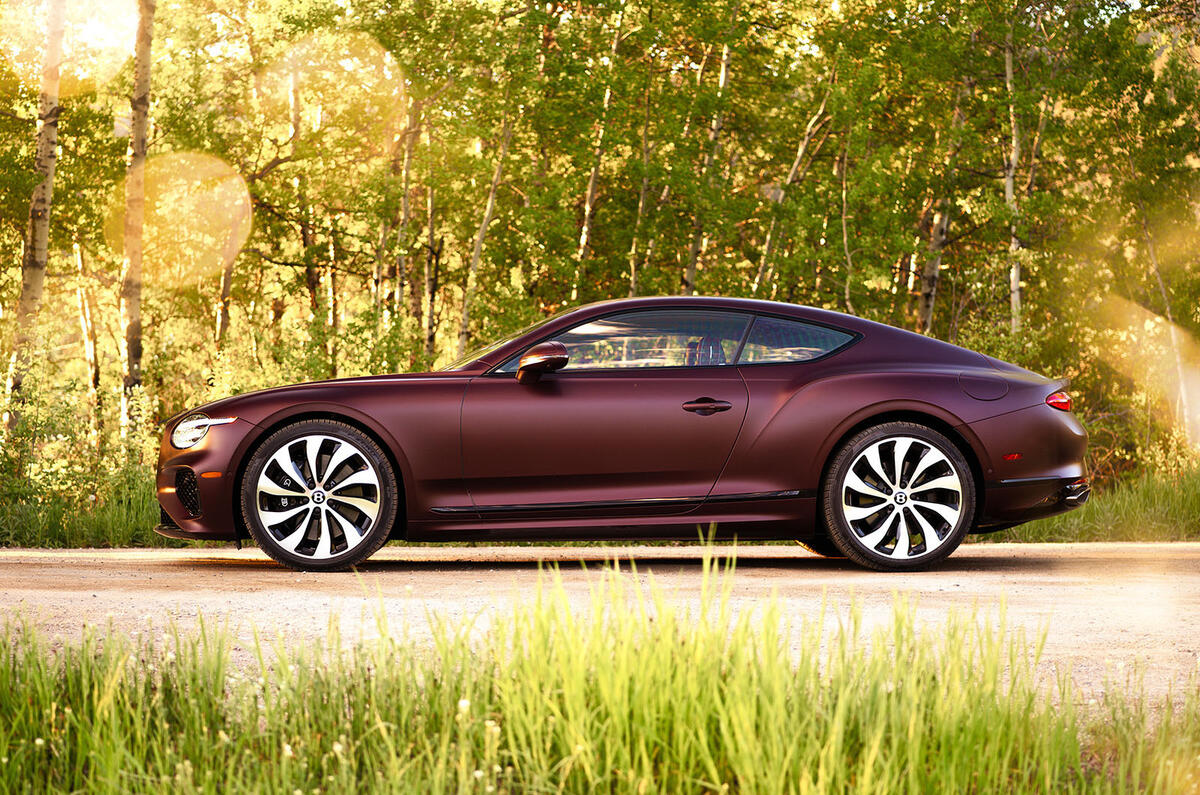For this, the latest Bentley Continental GT, Crewe broke with convention and got things going with a bang.
In the past, we’ve had to wait a short while for the excesses of the Speed derivative, but for the Mk4 car it was the first one out of the factory and into showrooms. Here’s the new 208mph Conti GT, they said. It will out-drag a Ferrari Enzo yet cruise more quietly than the latest Mercedes-AMG S63. Satisfied?
If the goal was to make a statement, job done. We can now move onto the model most owners will opt for: the ‘regular’ Continental GT, which is of course nothing of the sort, becuase the entry-level car is mechanically closer to the Speed than ever before.
For one thing, both cars use the same V8 hybrid powertrain (detuned from 771bhp in the ‘Ultra Performance Hybrid’ Speed to merely 671bhp in ‘High Performance Hybrid’, as this lesser powertrain is known).
Both also have the same Porsche-developed dual-clutch gearbox, the same two-chamber air suspension, active anti-roll bars, rear-steering and electronically controlled limited-slip differential, which plays a pivotal role in controlling the amount of torque each side of the car gets.
This hardware overlap is confirmed by the homologated weights: exactly 2384kg for each car. Of course, in terms of their calibration, all these systems are also tuned for less ‘attack’ than in the Speed.
You can read all about the Speed here, courtesy of a full, instrumented road test in the UK. The regular Continental GT will soon undergo the same treatment and we will record a formal verdict, but for now, these impressions are from a brief blast at an event in the US.












































